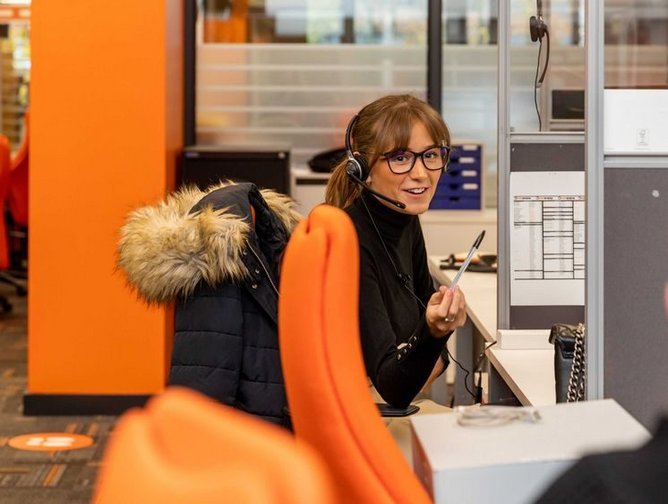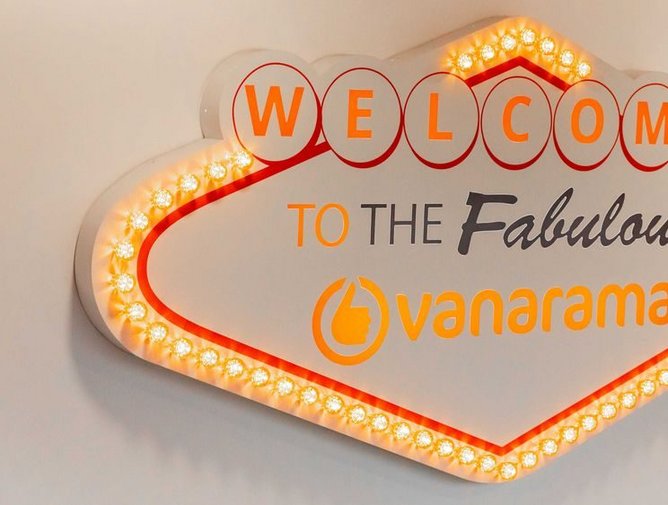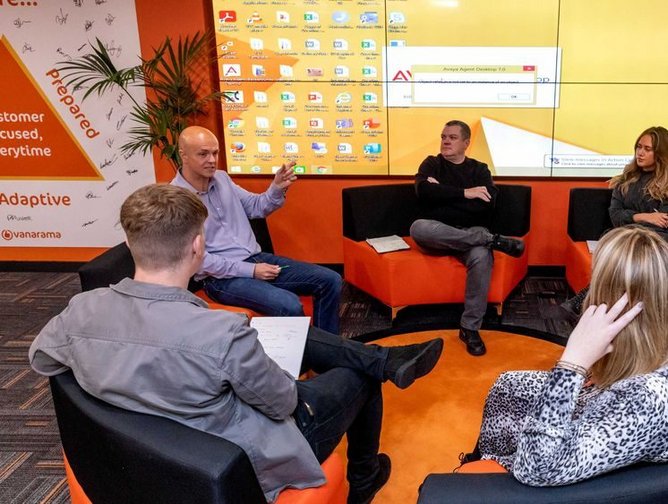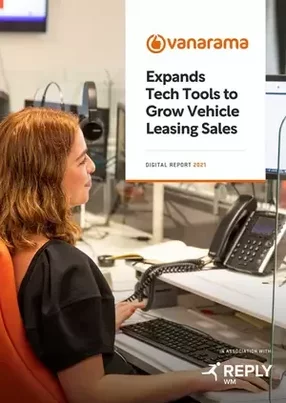Vanarama expands tech tools to grow vehicle leasing sales
Andy Alderson’s online journey started back in 2003, when he spotted an opportunity to sell a stock of Citroen C5s at half price. By quickly setting up a domain, freephone number and taking out advertising, he managed to sell the entire stock in six weeks. Almost exclusively, he didn’t see a single customer – and that was when he realised his future lay in online sales.
Fast forward 18 years, and the Founder and CEO of Vanarama is firmly in the digital driving seat.
“We started as an online leasing broker in 2007, then became a fintech business – and in the last two years, we’ve become more of an automotive e-tailer,” he said. He expects to sell 25,000-30,000 vehicles online this year, fully e-commerce, and is targeting 100,000 within three years.
That optimism looks at odds with the unending challenges facing the automotive industry, what with the transition to electric, digital transformation and decline in car ownership. He says dealers need to inherently re-examine their businesses and not simply repackage themselves for the digital age.
“Click and collect isn’t digital retailing – we were doing that in 2003,” he said. “If solutions were good enough across the board, online would make up 50 percent of sales, but there’s not enough instances where they are good enough. Up to 50 percent of dealerships could go as part of the transformation by 2025, he predicts.
AutoTrader, Car Gurus, and Whatcar? are already reporting that up to 60% of customers would consider buying online today, if solutions were good enough.
“The example I use is the Blockbusters-Netflix moment. They were in the same business, renting DVDs online, but Netflix could see the move towards streaming. The challenge for dealers is if they just use a website to do more of what they currently do, and see it as a sales channel or lead generation, they will make the same mistake as Blockbusters did. They’ve got to look at everything digital first – removing friction, being transparent with pricing – and if they do that, they’ll get more offline too.”
The warnings stem from his approach to managing risk. One of his favourite books is Only The Paranoid Survive, by Andy Grove, the former Intel President and CEO. “You have to imagine the worst all the time, even when things are going well. One of our core values is ‘even if it’s brilliant, make it better’,” he said.
As with most businesses, the 95 percent revenue drop in the first lockdown was akin to a “flock of black swans” although his outlook meant he was better prepared than most.
“What we saw with COVID was the acceleration of pre-existing trends – people already wanted to buy online, they were dissatisfied with the current process of buying a vehicle and didn’t want the grind of trawling around showrooms,” he said. “95% of our customers have never driven the vehicle they buy from us until the day we deliver it to them”
“We sat down three days into lockdown and realised we had a golden opportunity to use the time to move forward, and we were in the final year of three-year digital transformation into a full e-commerce business. So we launched full e-commerce nine months earlier than planned, and started to develop more automation, AI and ML.”
He says at some time in the next six months, it will launch a voicebot, and integrate it with Alexa.
“We’re just deploying the first version of it now, that’s the core technology that underpins the omnichannel solution. Integrating marketing and sales data is key, so you know not only who you’re targeting but how you will reach that audience, and then we find the best price through our smart panel of lenders.
“The technology means we’re getting more customers to the site, we’re converting more, and talking to them in different channels and giving them a better experience. Customers can choose to interact or deal with a person, but we find most are happy to integrate with a bot if it means getting a quicker response. If you want to add insurance, for example, the voicebot will be able to do it for you.”
The ingrained nature of digital is best illustrated when he says they sold 1,200 vehicles through Facebook Messenger alone, completely end-to-end.
“By the time customers pick up the phone to enquire or order from us, they know more about the vehicle than we do,” he says. “People are watching videos, talking to peers, getting recommendations and reading reviews, and are much better informed and comfortable online, because they’re spending an average of 14 hours researching the vehicle online. But because of the amount of data we have, and capability to identify consumers we want to market to, we know what kind of customers will buy a certain type of vehicle.”
He foresees three camps emerging as the digital transformation accelerates. “The people who don’t want to change and don’t think they need to; those that know they have to change but don’t have the investment or ability; and those that know what they need to do and get on with it.”




